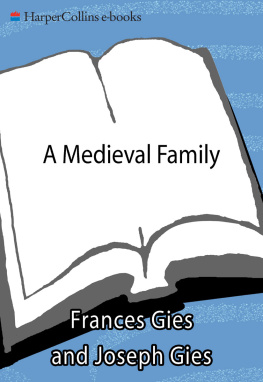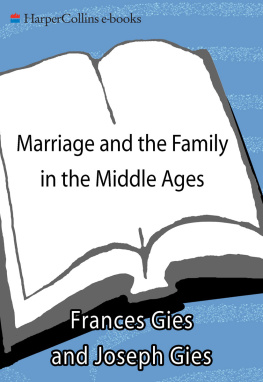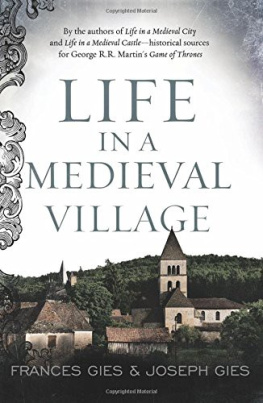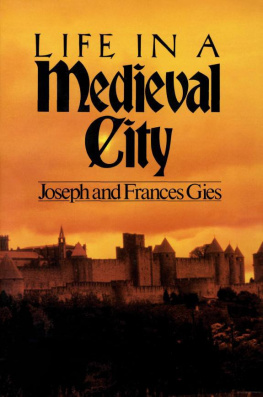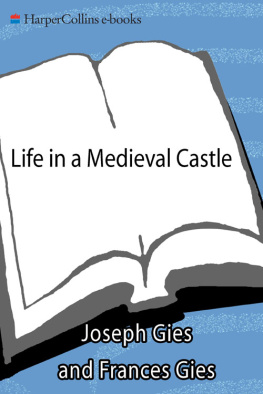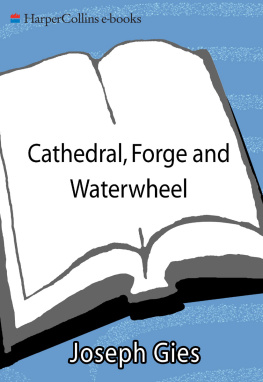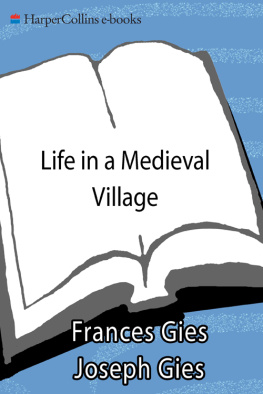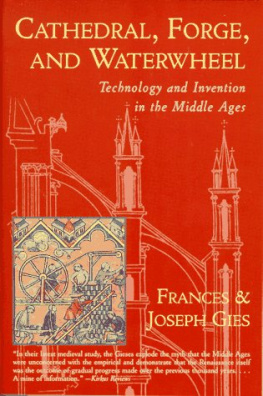Gies Joseph - Cathedral, Forge, and Waterwheel: Technology and Invention in the Middle Ages
Here you can read online Gies Joseph - Cathedral, Forge, and Waterwheel: Technology and Invention in the Middle Ages full text of the book (entire story) in english for free. Download pdf and epub, get meaning, cover and reviews about this ebook. City: New York, year: 1995, publisher: HarperPerennial;HarperCollins, genre: Romance novel. Description of the work, (preface) as well as reviews are available. Best literature library LitArk.com created for fans of good reading and offers a wide selection of genres:
Romance novel
Science fiction
Adventure
Detective
Science
History
Home and family
Prose
Art
Politics
Computer
Non-fiction
Religion
Business
Children
Humor
Choose a favorite category and find really read worthwhile books. Enjoy immersion in the world of imagination, feel the emotions of the characters or learn something new for yourself, make an fascinating discovery.
- Book:Cathedral, Forge, and Waterwheel: Technology and Invention in the Middle Ages
- Author:
- Publisher:HarperPerennial;HarperCollins
- Genre:
- Year:1995
- City:New York
- Rating:3 / 5
- Favourites:Add to favourites
- Your mark:
Cathedral, Forge, and Waterwheel: Technology and Invention in the Middle Ages: summary, description and annotation
We offer to read an annotation, description, summary or preface (depends on what the author of the book "Cathedral, Forge, and Waterwheel: Technology and Invention in the Middle Ages" wrote himself). If you haven't found the necessary information about the book — write in the comments, we will try to find it.
Historians, write Frances and Joseph Gies, have long tended to view the Middle Ages as a period of intellectual and scientific stagnation, a long era of backwardness, ignorance, and inertia. Many scholars of the Renaissance era, however, thought otherwise; the mathematician Jerome Cardan, for one, held that three medieval inventions--the magnetic compass, the printing press, and gunpowder--were of such significance that the whole of antiquity has nothing equal to show.
In their lively history of medieval technology, the Gies team writes of such advances as the heavy plow, the Gothic flying buttress, linen undergarments, water pumps, and the lateen sail. During the medieval millennium, they suggest, a great technological and social revolution occurred with the disappearance of mass slavery, the shift to water- and wind-power, the introduction of the open-field system of agriculture, and the importation, adaptation, or invention of an array of devices, from the wheelbarrow to double-entry bookkeeping. Many of those inventions or adaptations, brought into Europe from China and the Middle East, have scarcely been improved on today.
The medieval technological revolution, the authors conclude, came at a cost: much of Europe was deforested to make room for cropland and to fire kilns and furnaces, and mechanization made obsolete many handicraft skills. Yet, they add, the workers and inventors of the Middle Ages all transformed the world, on balance very much to the worlds advantage. --Gregory McNamee
From Library JournalMoving chronologically through a millennium (500-1500 A.D.), the authors (who have written numerous books on medieval life, including Life in a Medieval City , LJ 2/1/70) show that the term Dark Ages is a misnomer by deftly tracing the periods main technological elements, . . . their known or probable sources, and their principal impacts. In addition to the technological developments highlighted in the books title, the authors cover such topics as the textile industry and shipbuilding/rigging, plus obligatory topics like printing, engineering, and gunpowder. Throughout, they nimbly weave medieval cultural history into the discussion. Informative, readable, enjoyable, and well written, this work is directed to general readers. Highly recommended for all collections.
- Michael D. Cramer, Virginia Polytechnic & State Univ. Libs . , Blacksburg
Copyright 1994 Reed Business Information, Inc.
Genre : History, Science
Quality : 5
Formats : EPUB, MOBI
Gies Joseph: author's other books
Who wrote Cathedral, Forge, and Waterwheel: Technology and Invention in the Middle Ages? Find out the surname, the name of the author of the book and a list of all author's works by series.


